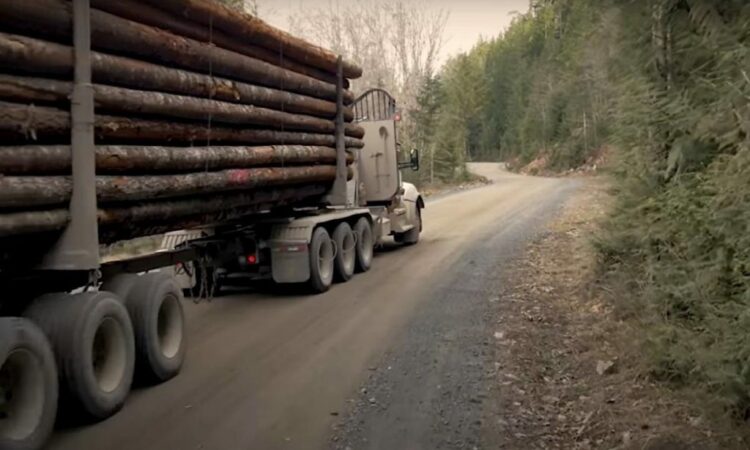Remote recreation areas bracing for heavy pandemic pressure
B.C.’s vast network of wilderness resource roads has been used for recreation for decades, but the traffic to remote areas is set to jump as summer arrives and COVID-19 travel restrictions ease.
The provincial government has always had difficulty maintaining the 58,000 km of forest service roads that serve industry and are increasingly being kept open for residential, industrial and recreational access. B.C. Auditor General Michael Pickup reported in January that the B.C.’s resource road districts are only receiving about one quarter of the money they request for maintenance of washouts, rockslides and bridge damage is being provided.
This spring the transportation ministry has had its hands full just keeping highways open in the B.C. Interior, with higher than usual runoff. And the recreational traffic to more remote routes is seeing pent-up demand that may start to surge as soon as May 25, if pandemic regional travel orders are lifted after two months.
The B.C. Forest Safety Council says in the past 10 years, one out of four resource road accidents has resulted in the death of a light pickup driver. Proper use of two-way radios and safety procedures on active logging roads is the subject of a new instructional video prepared by the forests ministry, the safety council and an industry group including major forest companies, Coastal GasLink and an off-road driver training company, Overlanding Training Canada.
The video features log truck driver Gord Judson, who has been on resource roads for 45 years. He has some gruff advice for people heading into the back country. If you haven’t got a radio, rent one or follow someone who has one so you know what’s coming around the next corner.
“You wanna BS with someone, fill your boots, but don’t use the haul road channel for just yakkin’ on,” Judson tells drivers as he heads down a mountain track that’s barely wide enough in places for his truck and long trailer-load.


